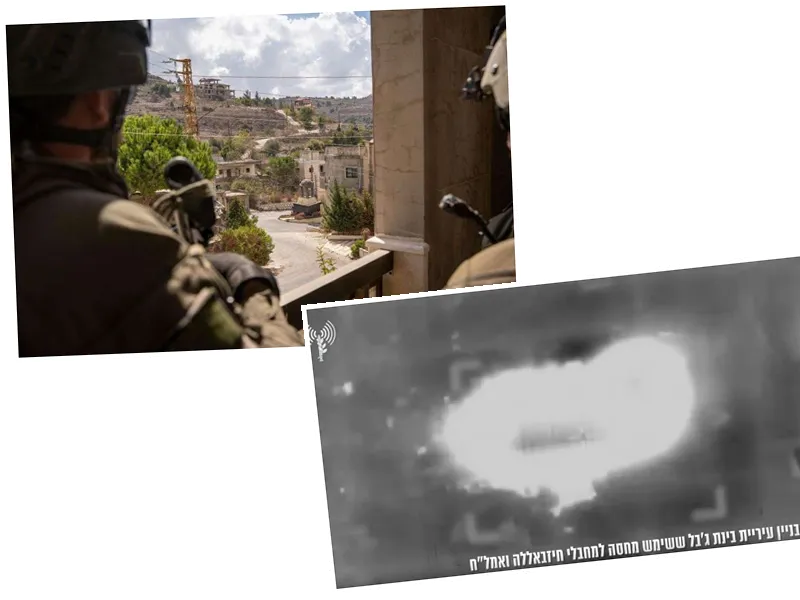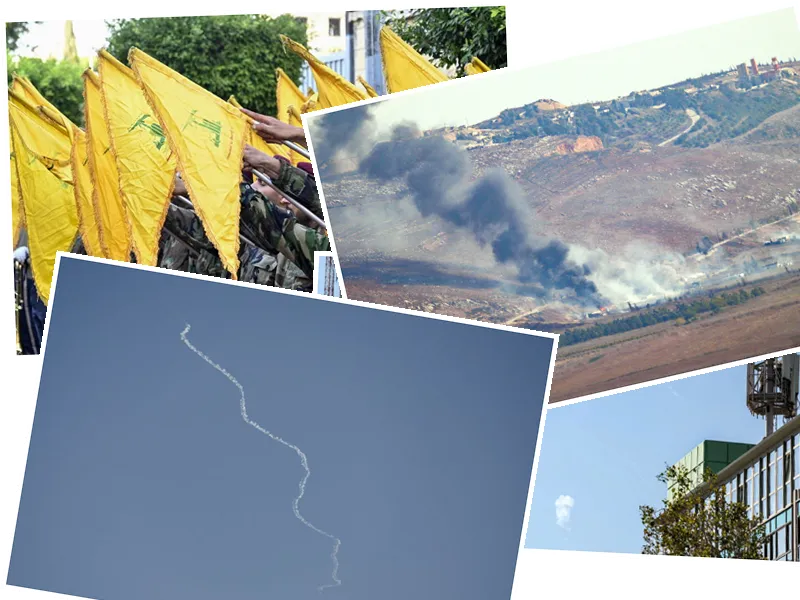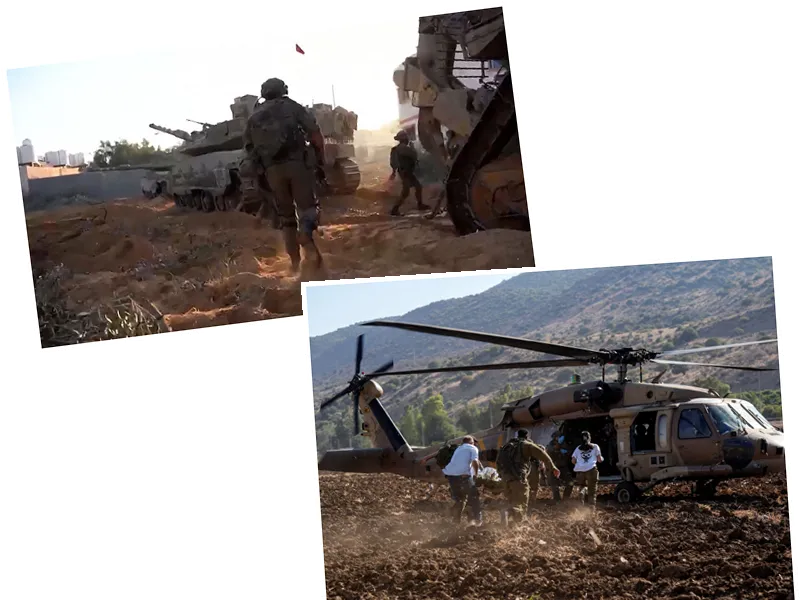The high number of casualties on both sides indicates a significant escalation in military operations along the Lebanese border.
Hezbollah's operational strategies appear to be informed by past conflicts, particularly the 2006 Lebanon War.
The evacuation of settlements in northern Israel reflects the immediate impact of the conflict on civilian populations and regional security.
If the current trend continues, the conflict may lead to a broader regional confrontation involving other stakeholders in the Middle East.
Increased military engagement could result in further humanitarian crises in both Lebanon and Israel, prompting international intervention.
Hezbollah's operational gains may embolden the group, potentially leading to more aggressive actions in the future.
Escalating Conflict: Hezbollah and Israel's Five Levels of Fighting
The ongoing conflict between Hezbollah and Israeli forces has intensified significantly, with military expert Major General Al-Duwairi identifying five distinct levels of combat currently taking place along the Lebanese border. This escalation has resulted in a high death toll among Israeli troops and a substantial number of wounded, reflecting a critical battlefield reality. The conflict, which has persisted for over a month, primarily unfolds along the Blue Line, a 120-kilometer demarcation established by the United Nations in 2000 to monitor the withdrawal of Israeli forces from Lebanon.
Al-Duwairi detailed the five combat levels, which include direct engagement with Hezbollah's elite Radwan Force, bombing of any reinforcements attempting to breach the Blue Line, and the use of drone and missile strikes reaching as far as southern Tel Aviv. The military expert emphasized that these operations are informed by lessons learned from previous conflicts, notably the Second Lebanon War in 2006. He noted that the increasing Israeli casualties confirm Hezbollah's operational effectiveness.
According to reports, five Israeli military divisions are actively involved in ground operations in southern Lebanon, comprising over 10,000 soldiers. Recent Israeli announcements indicated that 57 officers and soldiers had been killed on the Lebanese front, while Hezbollah claimed to have inflicted even greater losses, asserting that it had killed 70 Israeli personnel and wounded over 600.
The Broader Implications of the Conflict
The conflict has prompted Hezbollah to announce the evacuation of 25 settlements in northern Israel, a move that underscores the escalating tensions. Furthermore, the destruction of key military assets, including 28 Merkava tanks and multiple drones, highlights the intensity of the engagements. Al-Duwairi's analysis suggests that Hezbollah has regained its operational and tactical balance, indicating a shift in the dynamics of the conflict.
As the situation continues to evolve, the implications for regional stability remain significant, with both sides entrenched in their positions. The international community watches closely as the potential for further escalation looms, raising concerns over the humanitarian impact and the prospects for peace in the region.





